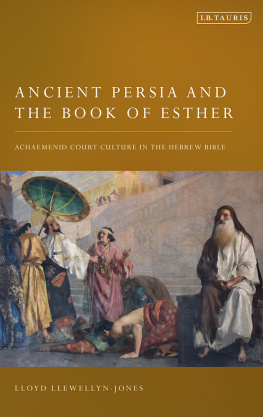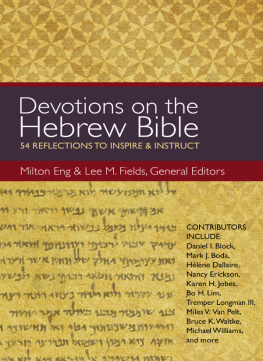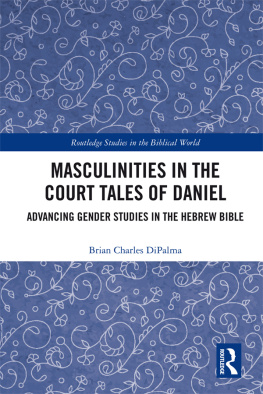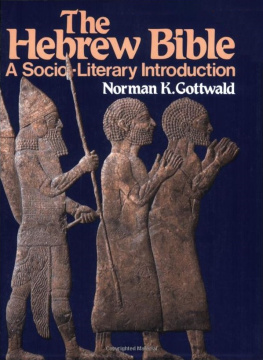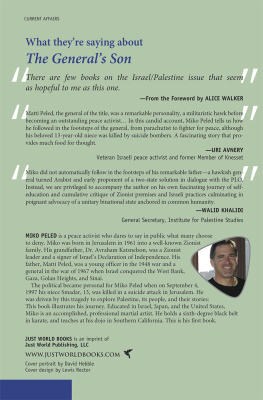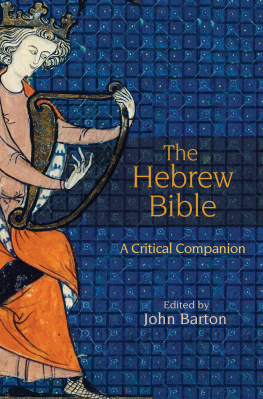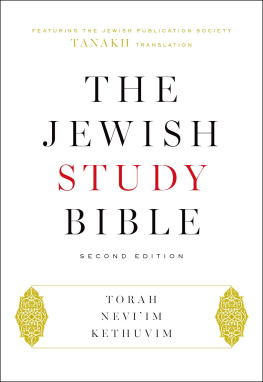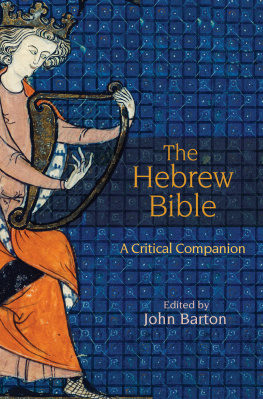Ilan Peled - Law and Gender in the Ancient Near East and the Hebrew Bible
Here you can read online Ilan Peled - Law and Gender in the Ancient Near East and the Hebrew Bible full text of the book (entire story) in english for free. Download pdf and epub, get meaning, cover and reviews about this ebook. year: 2019, publisher: Routledge, genre: Religion. Description of the work, (preface) as well as reviews are available. Best literature library LitArk.com created for fans of good reading and offers a wide selection of genres:
Romance novel
Science fiction
Adventure
Detective
Science
History
Home and family
Prose
Art
Politics
Computer
Non-fiction
Religion
Business
Children
Humor
Choose a favorite category and find really read worthwhile books. Enjoy immersion in the world of imagination, feel the emotions of the characters or learn something new for yourself, make an fascinating discovery.

- Book:Law and Gender in the Ancient Near East and the Hebrew Bible
- Author:
- Publisher:Routledge
- Genre:
- Year:2019
- Rating:3 / 5
- Favourites:Add to favourites
- Your mark:
- 60
- 1
- 2
- 3
- 4
- 5
Law and Gender in the Ancient Near East and the Hebrew Bible: summary, description and annotation
We offer to read an annotation, description, summary or preface (depends on what the author of the book "Law and Gender in the Ancient Near East and the Hebrew Bible" wrote himself). If you haven't found the necessary information about the book — write in the comments, we will try to find it.
Ilan Peled: author's other books
Who wrote Law and Gender in the Ancient Near East and the Hebrew Bible? Find out the surname, the name of the author of the book and a list of all author's works by series.
Law and Gender in the Ancient Near East and the Hebrew Bible — read online for free the complete book (whole text) full work
Below is the text of the book, divided by pages. System saving the place of the last page read, allows you to conveniently read the book "Law and Gender in the Ancient Near East and the Hebrew Bible" online for free, without having to search again every time where you left off. Put a bookmark, and you can go to the page where you finished reading at any time.
Font size:
Interval:
Bookmark:


by Routledge
2 Park Square, Milton Park, Abingdon, Oxon OX14 4RN
52 Vanderbilt Avenue, New York, NY 10017
A catalogue record for this book is available from the British Library
A catalog record for this book has been requested
ISBN: 9780429352867 (ebk)
by Apex CoVantage, LLC
Texts: The primary sources mentioned and discussed in the book
AASOR | The Annual of the American Schools of Oriental Research |
CAD | I. J. Gelb et al. (eds.), The Assyrian Dictionary of the Oriental Institute of the University of Chicago, Chicago Illinois, 1956 ff. |
CC | Covenant Code |
CHD | H. G. Gterbock, H. A. Hoffner and Th. P. J. van den Hout (eds.), The Hittite Dictionary of the Oriental Institute of the University of Chicago, Chicago Illinois, 1980 ff. |
CTH | E. Laroche, Catalogue des textes Hittites, Paris, 1971 |
DC | Deuteronomic Code |
ESi/Ad/A | Edicts of Samsu-iluna/Ammi-ditana/Ammi-aduka |
HC | Holiness Code |
HED | J. Puhvel, Hittite Etymological Dictionary, Berlin and New York, 1984 ff. |
HL | Hittite Laws |
IM | Tablets in the collections of the Iraq Museum, Baghdad |
ITT | Inventaire des tablettes de Tello |
KAJ | E. Ebeling, Keilschrifttexte aus Assur juristischen Inhalts, Berlin, 1927 |
KBo | H. H. Figulla et al., Keilschrifttexte aus Boghazki, Leipzig and Berlin, 1916 ff. |
KUB | H. H. Figulla et al., Keilschrifturkunden aus Boghazki, Berlin, 1921 ff. |
Font size:
Interval:
Bookmark:
Similar books «Law and Gender in the Ancient Near East and the Hebrew Bible»
Look at similar books to Law and Gender in the Ancient Near East and the Hebrew Bible. We have selected literature similar in name and meaning in the hope of providing readers with more options to find new, interesting, not yet read works.
Discussion, reviews of the book Law and Gender in the Ancient Near East and the Hebrew Bible and just readers' own opinions. Leave your comments, write what you think about the work, its meaning or the main characters. Specify what exactly you liked and what you didn't like, and why you think so.

